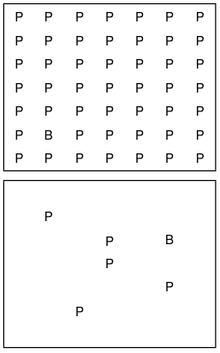| 'Lady' used to play games with me! |
My grandparents have always had dogs. I have many memories
of playing fetch using a tennis ball or running through the park with the dogs.
Apparently, my grandmother’s very old dog, Lady, used to follow me when I was a
toddler, play with me as I put together blocks, sleep beside my bed, and bark
at any stranger that came near me. My grandmother always says that we had some
deep connection, and she swore that Lady knew what I was thinking and tried to
protect me. Evidence is surfacing about animals exhibiting theory of mind in
very specific contexts, and one can indeed see some indication of this in dogs.
I, unfortunately, have never owned a pet. With multiple family members who are
terribly allergic to dog and cat fur, our household has never had animals
running through the corridors. However, even with Lady, I remember a sort of
understanding of my intentions and goals on her part. She barked when I walked near
a stranger. She played with me and
demonstrated joint attention during games. I’m not sure how much of my
experiences and understanding of our relationship is due to anthropomorphism or
due to her real capacity for theory of mind expectations. For this reason, I
would be interested to hear what evolutionary anthropologists and social
psychologists have to say on the subject.


